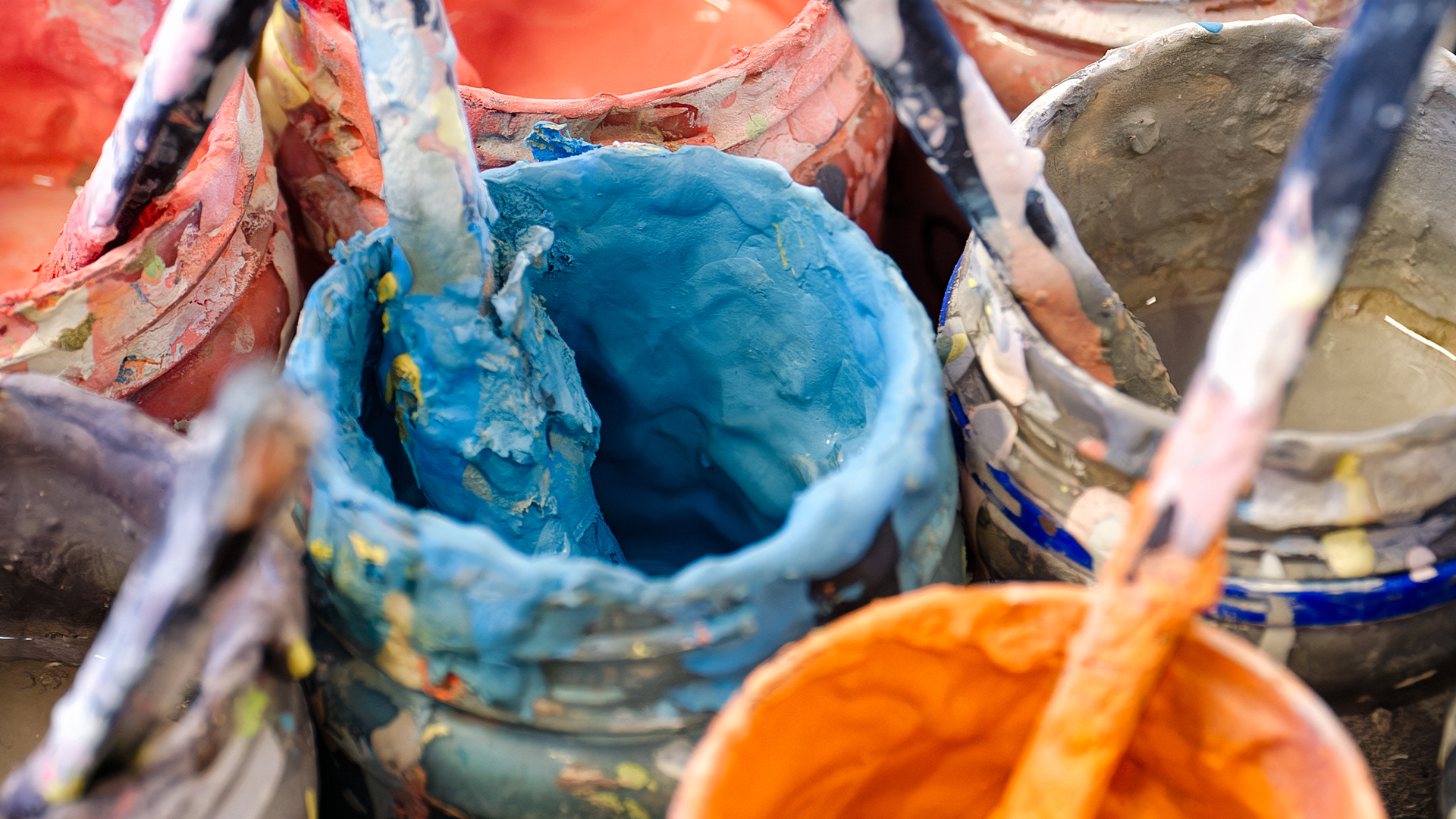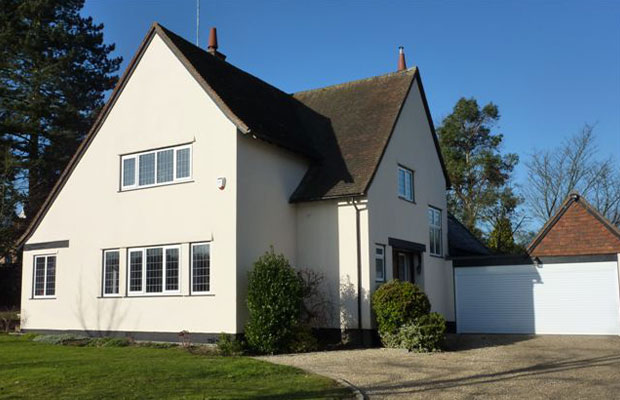When undertaking home renovations or repairs, one of the critical questions that often arises is, “How long does plaster take to dry?” Understanding plaster drying times is crucial for both planning your project timeline and ensuring the finished walls are ready for the next steps, such as painting or wallpapering. This article delves into the factors affecting plaster drying times and offers tips to help you estimate how long your plaster will take to set properly.
Factors Influencing Plaster Drying Times
The drying time of plaster can be influenced by several key factors, each playing a significant role in how long it takes for plaster to transition from wet to set. Understanding these factors can help you better plan and execute your renovation projects:
- Ambient Temperature and Humidity: The environment in which plaster dries can significantly alter its drying time. In conditions of high humidity, the air is saturated with moisture, slowing the evaporation process from the plaster. Conversely, in a warm and dry environment, the evaporation rate increases, speeding up the drying process. It’s important to consider seasonal variations and choose the optimal time for plastering projects.
- Type of Plaster Used: There are various types of plaster, each with its own set of characteristics and drying times. For example, gypsum-based plasters are known for their relatively quick drying times, often ready for painting within a few days under ideal conditions. Lime-based plasters, however, may require significantly longer to dry completely due to their different composition and moisture absorption rates.
- Thickness of the Plaster Application: The plaster’s thickness directly impacts its drying time. A thicker coat will invariably take longer to dry than a thinner one. This is because the moisture within the plaster needs more time to migrate to the surface and evaporate. Ensuring an even and appropriate thickness for the type of plaster used is crucial for optimal drying.
- Ventilation: Proper ventilation plays a critical role in plaster drying times. Good airflow helps to carry away the moisture released from the plaster as it sets, facilitating a more uniform and quicker drying process. Inadequate ventilation can lead to prolonged drying times and may even contribute to problems such as mould growth if the moisture remains trapped within the room.
Estimating Plaster Drying Times
While specific drying times can vary, here are some general guidelines to help estimate the drying period for different types of plaster applications:
- Undercoat Plaster: This base layer of plaster can take from 2 to 3 days to dry under average conditions. This time frame is essential for ensuring that the plaster has sufficiently set before applying additional layers or finishes.
- Finish Coat Plaster: The finishing layer of plaster, which provides a smooth surface for painting or wallpapering, tends to dry faster, usually within 1 to 2 days in optimal conditions. However, the exact time can vary based on the factors previously mentioned.
- Complete Drying: To ensure the plaster is fully dry throughout and ready for any decorative finishes, it is generally recommended to wait at least one week after the final coat has been applied. This precaution helps avoid potential issues such as paint peeling or wallpaper not adhering correctly due to residual moisture in the plaster.
Tips for Managing Plaster Drying Times
Effectively managing plaster drying times requires a balance of environmental control and patience. Here are some practical tips to achieve the best possible outcome:
- Monitor Humidity and Temperature: Use tools like hygrometers and thermometers to keep tabs on the room’s humidity and temperature. Adjusting these environmental factors using dehumidifiers, heaters, or air conditioners can help create optimal conditions for plaster to dry.
- Enhance Ventilation: Increase airflow in the plastered area by opening windows or using fans. This is particularly important in enclosed spaces or during damp, humid weather. However, avoid directing airflow directly onto the plaster surface, as this can cause uneven drying.
- Avoid Rushing the Process: While it may be tempting to accelerate drying with additional heat or forced air, allowing plaster to dry naturally is crucial. Artificially speeding up the drying process can lead to cracking, shrinking, or uneven drying, compromising the finish and integrity of the plaster.
When to Seek Professional Help
Understanding when to seek professional help is crucial in ensuring the longevity and aesthetic appeal of your plastered walls. While many aspects of plaster application and drying can be managed by a keen DIY enthusiast, certain situations require the expertise and skills of a professional. Knowing when to call in the experts can save you time, money, and prevent potential issues from escalating.
Persistent Moisture or Dampness
If your walls continue to show signs of moisture or dampness long after the plaster should have dried, it may indicate underlying problems such as leaks, rising damp, or inadequate waterproofing. Professionals can diagnose the source of moisture and provide targeted solutions to prevent future damage.
Large or Complex Areas
Plastering large areas or spaces with complex architectural features can be challenging for those without extensive experience. Professionals ensure a smooth, even application and can manage the intricacies of decorative mouldings, high ceilings, and other unique elements, achieving a finish that might be difficult to replicate on your own.
Signs of Cracking or Peeling
Cracking or peeling in newly applied plaster can be a sign of improper application or drying. If you notice these issues, it’s essential to consult with a professional who can assess whether the plaster needs to be repaired or reapplied. They can also identify the cause of the problem, such as incorrect mix ratios, inadequate preparation of the underlying surface, or environmental factors affecting the drying process.
When Dealing with Historic or Listed Properties
Plastering in historic or listed properties often requires a specific approach to preserve the building’s integrity and aesthetic. Professionals experienced in working with such properties can choose the appropriate materials and techniques, ensuring that any work carried out is sympathetic to the building’s character and meets regulatory requirements.
Need for Specialized Plaster Finishes
Specialised plaster finishes, such as polished plaster, stucco, or textured effects, require specific skills and tools to achieve the desired outcome. Professional plasterers who specialize in these finishes can deliver high-quality results that are difficult to achieve without the requisite expertise.
Health Concerns
If mould is present or if you’re dealing with an extensive area of damp plaster, professional remediation is advisable. Mould can pose health risks, and professionals have the equipment and protective gear to safely remove mould-infested plaster, treating the area to prevent recurrence.
Conclusion
Understanding how long plaster takes to dry is essential for any home renovation or repair project. By considering the factors that affect plaster drying times and following the tips provided, you can plan your project timeline more accurately and achieve optimal results. Remember, patience is key when waiting for plaster to dry—rushing the process can compromise the quality and durability of your walls.
If you’re planning a renovation project and have questions about plaster drying times or need professional advice, All Weather Coating is here to help. Our expertise in exterior and interior wall coatings extends to a deep understanding of materials like plaster. Contact us today to discuss your project needs and how we can help ensure your plastering project is a success.









